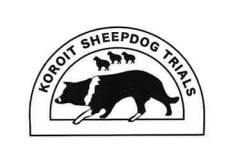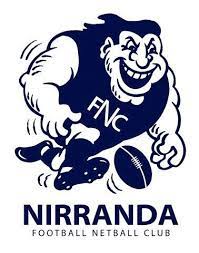Recently, Dairy Australia announced their 2020 Milk Quality Award winners. These are the dairy farms that produce the best of the best milk in the country; our congratulations to them all!
So let’s talk about milk some more…
What makes up milk?
There is variation between breeds, individual cows and time of year, but on average milk is composed of:
- 87% water
- 3.7% fat
- 3.4% protein
- 4.8% lactose
- 0.7% minerals (such as sodium, potassium and calcium)
The water, protein and mineral content is what makes milk a good drink option after excercise; studies have shown that it can rehydrate better than either sports drinks or water.
What’s the deal with lactose?
At 1 nanometer in diameter, the lactose molecule is pretty tiny! But it can certainly be a big pain for some people.
Lactose is broken down into its two component sugars, glucose and galactose, by the enzyme lactase. This enzyme is secreted by the cells lining the small intestines, which then absorb the sugars. While some people produce lactase for life, for others the enzyme disappears after childhood, resulting in lactose intolerance. Instead of being broken down and absorbed, lactose instead ends up in the large intestine where it is fermented by bacteria – with uncomfortable results.
Genetic mapping shows how the gene for lactase has persisted into adulthood in the areas in the world where humans have evolved along with their dairy diet.
For those suffering from lactose intolerance, never fear! Lactose-free milk is available, where lactase is added during processing to digest the lactose for you.

In the milk factory..
Once milk is collected from dairy farms, it is taken to milk factories to be pasteurised, homogenised, standardised and packaged. First seen in 1884, the milk bottle has undergone an evolution, progressing from handblown glass to cartons, to plastic bottles and even plastic bags (these need a special jug to help pour them!). We’re now seeing things go back full circle as some producers move back to glass, reusable bottles.
As well as served straight for drinking, milk is used to make a multitude of other feedstuffs: cream, butter, buttermilk, cheese, icecream, yogurt, sour cream, kefir (and other fermented milk drinks), custard, milk powder, condensed milk, evaporated milk and flavoured milks.
Which is your favourite dairy product?

Schooling @ home ideas
Reward yourself for all your hard work with a glass of milk and a biscuit!
Make a “milk plastic” charm out of milk and vinegar
Take a look at the Artists Helping Chidren web page and choose a milk carton craft to make, such as a plant holder or a container for your pens and pencils






























